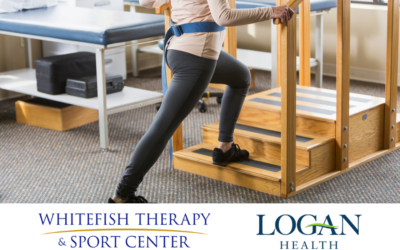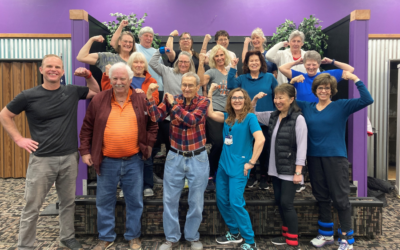Locations and Care
![]()
Whether you’re home or away, find a location closest to you. Search by facility.
Logan Services
Logan Health offers a wide variety of services and care. Please select from the dropdown below to see more specific to your health care needs.

Our people are everything. The amazing providers, employees, and volunteers at Logan Health gift this organization with their innovation, knowledge, and compassion. Together, we’re connecting our community to trusted, quality care and helping to improve lives every day.

By offering high-quality health care, responding to community needs, and concentrating resources in areas that truly make a difference, Logan Health maintains a rich tradition of giving back to the communities we serve.
Logan News & Events
![]()

Breaking the Silence: Let’s Talk About It campaign aims to tackle senior suicide and mental health stigma
In Montana, suicide rates among seniors rank among the nation’s highest. Because of this, Billings Clinic-Logan Health is spearheading an initiative called the “Let’s Talk About It” campaign, which aims to not only address the pressing issue of suicide among the population, but also dismantle the stigma that surrounds mental health.
Whitefish Therapy & Sport Center announces plan to integrate with Logan Health
Whitefish Therapy & Sport Center owner Scott Ruta announced today that the clinic will be joining Logan Health. On February 27, 2024, the Logan Health – Whitefish (LHW) Board of Directors voted to approve the addition of Whitefish Therapy & Sport Center. The clinic and its building will become part of the Logan Health family on June 1, 2024, under the name Logan Health Rehabilitation Whitefish.
Strong People program inspires lasting wellness
The Logan Health Faith Community Nurse Program and MSU Extension have teamed up to host the Strong People Strength Training Program in the Flathead Valley, hosting sessions on Mondays and Thursdays at 1:30 p.m. in the Gathering Place at the Gateway Mall.
Community Impact: Health and Safety Education
By offering high-quality health care, responding to community needs, and concentrating resources in areas that truly make a difference, Logan Health maintains a rich tradition of giving back to the communities we serve.


